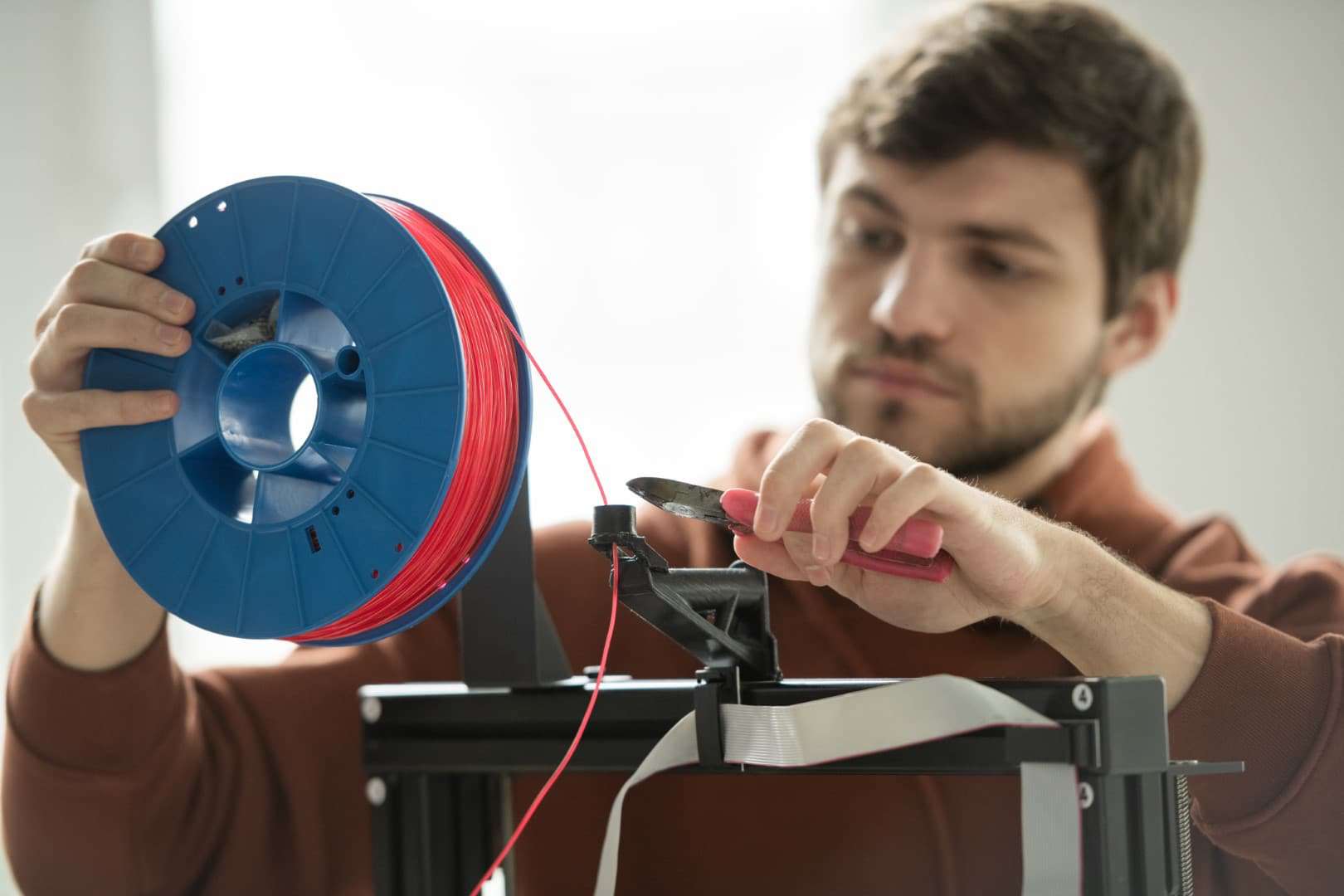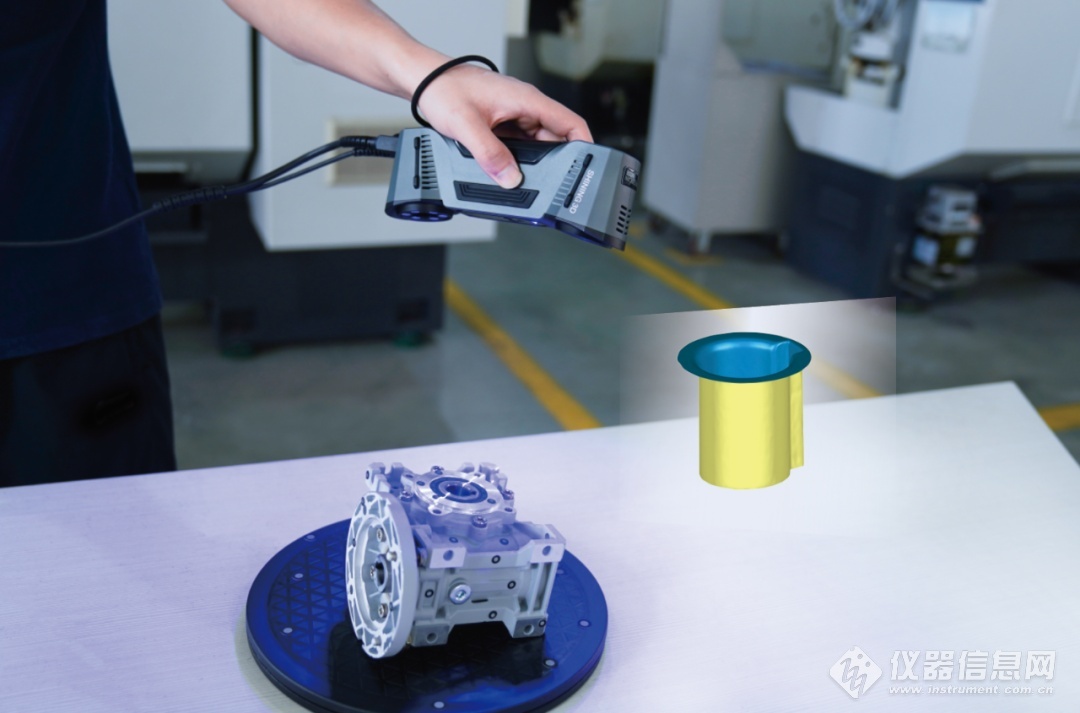In the dynamic realm of 3D printing, the choice of filament is crucial in transforming your digital designs into tangible reality. This guide delves into the array of filaments available, each with unique characteristics suited to different printing needs. From the commonly used PLA and ABS to the robust PETG and specialty materials, understanding these options is fundamental for both novices and seasoned professionals in 3D printing.
A Comparative Look at Filament Materials
PLA (Polylactic Acid) stands out for its biodegradability and ease of printing, making it a favourite among beginners. Its low warping characteristic is balanced by its brittle nature and limited heat resistance, making it best for models and prototypes rather than functional items.
ABS (Acrylonitrile Butadiene Styrene), known for its durability and heat resistance, is ideal for creating functional parts like automotive components and toys. Its flexibility comes with a need for a heated bed and ventilation due to fumes during printing.
PETG (Polyethylene Terephthalate Glycol) merges strength, flexibility, and resistance to heat and impact. Its versatility extends to mechanical parts and containers, despite a tendency to be sticky during printing.
Flexible filaments like TPU are celebrated for their high flexibility and durability, ideal for phone cases and wearable items. They require careful printing to avoid challenges.
Specialty filaments (e.g., Wood, Nylon) offer unique finishes and specific properties. While they open doors to decorative items and specialised tools, they demand specific printer settings for optimal results.
Choosing the Right Filament
The selection of the right filament hinges on the intended purpose of the print, the specifications of your 3D printer, and the desired finish and aesthetics. For example, PLA or wood filaments are excellent for decorative pieces, while ABS or PETG better suits functional parts. Considerations like durability, flexibility, and environmental impact also play a significant role in this choice.
Expert Tips for Optimal Filament Use
To achieve the best results, each filament type demands tailored approaches. For instance, PLA benefits from lower-temperature printing to avoid stringing, while ABS requires an enclosed printer for consistent temperature maintenance. PETG needs fine-tuned retraction settings, and flexible filaments like TPU should be printed slowly. Specialty filaments require a willingness to experiment with print settings due to their varied behaviour.
Mastering the Art of Filament Selection in 3D Printing
Selecting the appropriate filament is both an art and a science, pivotal to the success of your 3D printing projects. With a thorough understanding of each type’s properties and applications, you can elevate your 3D printing experience, creating impressive and functional pieces that stand the test of time.





